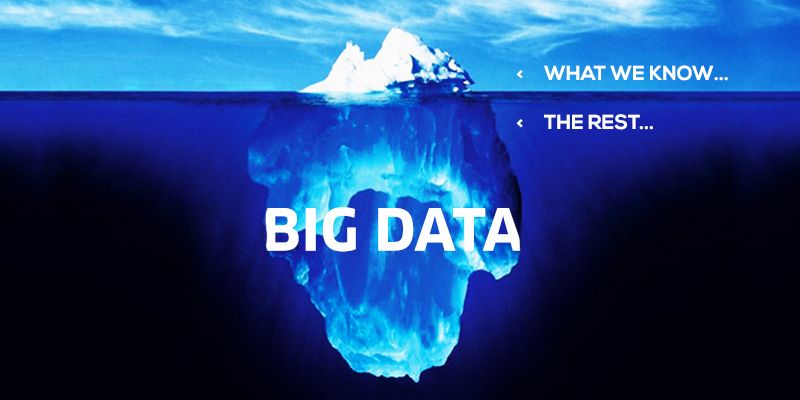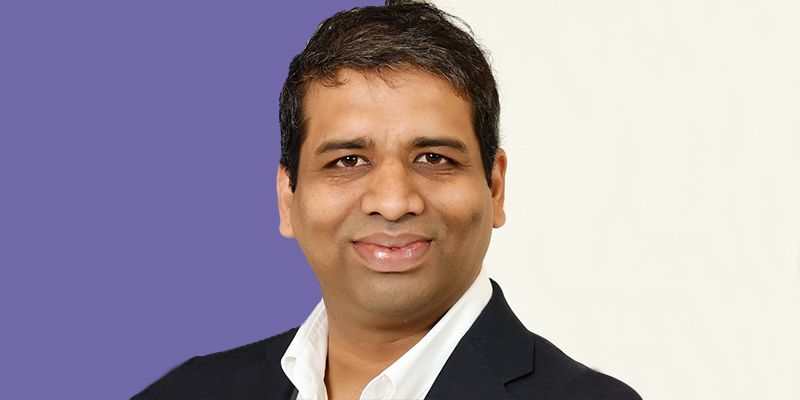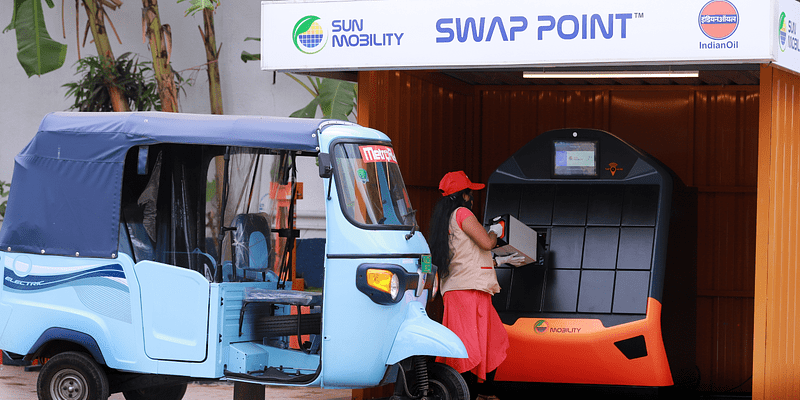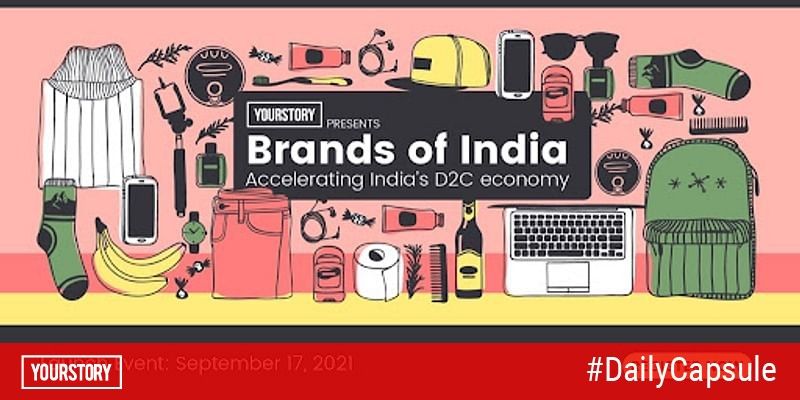Data sciences can save India and here is why
India produces data of more than 1 billion people. But all this data is used for the benefit of an organisation or an institution. Sometimes, this data is not even the real reference point for solutions to be provided because they are produced to suit the needs of a corporate. In a country where we are creating the best analytics talent – for the world – there is enough room for individuals to be used in crunching data that matters for the country. However, several stakeholders have to come together and use data sciences to provide predictive and prescriptive outcomes for every industry vertical. Why can it save India? The better we use our data, the better for policymakers to understand industry.
Take the example of a simple thing like the incidence of usage of the drug “Metacin” in the suburbs of Kandivali and Borivali in Mumbai. A platform collating and understanding this data can tell you that these are stock market traders working in South Mumbai, who pick up the medicine in suburbs in the North. This allows a drug company to plan their distribution better and the insurance industry to plan policies around the associated lifestyle diseases. Or these traders can be just told to stop worrying and save themselves the bother.
There is data from banks, agriculture, healthcare, and from manufacturing, which can be managed by consortiums created by these stakeholders. These stakeholders are the very institutions or companies that run the industry. But to what end? It is a means to make the country accountable and offer transparent services to citizens and businesses.
Let us say why we need data platforms by vertical and then this data set should function on a larger horizontal platform. For example, when smart phone vendors say that there are 250 million units sold in the country, what does it mean? It means nothing till we find out what kind of consumption activity entails from using these phones. The consortium in this case would be the telecom operators, the e-commerce companies, the retailers, and smart phone manufacturers. This data platform not only functions as a platform, where different parties share information on a monthly basis, but double times as a data cruncher for understanding trends. This is a technology and services play, and needs investments from all the stakeholders. However, the investments in technology will be less than $20 million because things will be provisioned on the cloud – in a datacenter – and the money will be sunk in to manage data scientists. The only investment will be in the data transfer pipe, which requires integration between the datacenters of stakeholders and the machines managed by the data consortium.
We are far away from reality. The data available in this country is like the exit poll data in television channels, which are never right. Perhaps the only real live data set being used in this country is the Bombay Stock Exchange and the National Stock Exchange, which is why the world respects the country’s stock market movement.
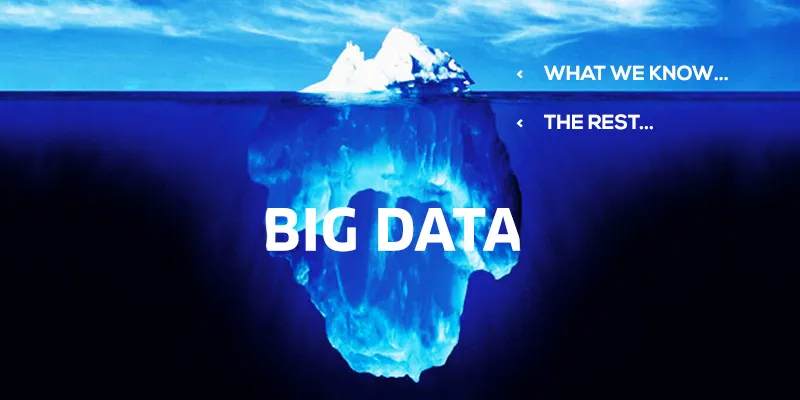
Doing it the Aadhaar way?
However, there is hope because the Aadhaar database – built by the Unique Identification Authority of India – will become a game changing platform to deliver services to people in India. Even the Unified Payments Gateway is a single platform to allow payments in this country without middlemen. Come to think of it, these are data platforms powered by technology.
Imagine insurance and healthcare data on a single unified platform to improve medical care. Where should we begin to create such a database and whom do we entrust this data to? The merits of such a system are tremendous. Surely, when we can collect identities of Indian citizens through Aadhaar, it is possible to get other forms of data on to a platform.
If we look at Google’s objective, it wants to organise the world’s data and provide it universally. A similar objective can be replicated and used for India, provided there can be some transparency ensured in security and delivery of services. Let us look at healthcare and SMBs to prove the case.
Healthcare data
There is production data from pharmaceutical companies, and there is medicine-administered data in hospitals along with data pertaining to insurance paid. Bringing this ecosystem together is considered the most difficult process. But, a policy making it mandatory to get these institutions to create a consortium is a necessity. Such a platform would be like an automobile standard for connected vehicles (which is collection of all world’s leading automobile companies) or in this case this would be a connected healthcare platform to understand the incidence of the disease by region or a suburb.
Registered stakeholders upload the data of medicine produced and consumed, diseases treated and the insurance paid on a daily basis. The customer data is irrelevant here, but the macro data can generate patterns that can become actionable.
The opportunity to understand diseases treated, and the medicines that have been aiding better health of citizens, can set off a healthcare revolution. It can bring healthcare prices down. The patient gets the right medicine, better priced and customised insurance, and the hospitals get rewarded for providing better care.
Obamacare or the Affordable Care Act in the US is based on this premise. It asks stakeholders to transform themselves with technology and aid change through new clinical and financial strategies to make healthcare affordable. Data is a central driver of accountability here.
In India’s case, the data can become a readily available sample for medical research. Unfortunately, the coming together of these three stakeholders –pharma companies, hospitals and insurance companies – remains a barrier because there is no financial gain for them. Here is why they have to do it.
According to the IFC, an estimated four billion people earn less than $3,000 a year (or approximately $8 a day) form the base of the pyramid (BoP). BoP populations are chronically underserved when it comes to basic necessities – especially healthcare. Despite challenges of access, the BoP population represents a significant unfulfilled demand. The BoP healthcare market in Asia is estimated at around $95.5 billion.

Corporate/SMB data for banks
According to Zinnov, the consulting company, there are 50 million SMBs in India that contribute to 65 percent of the country’s GDP. 21 percent of these are manufacturing companies situated in 1,200 SMB clusters. Today, banks have no way of telling which of the companies can be funded.
About 40 percent of these companies depend on financing from friends and family. Most of the debt capital raised from banks stems from their personal relationships rather than sound business metrics. Can there be a platform for this? Perhaps the Confederation of Indian Industry should become the custodian of all data of these companies. It should then create a platform that allows banks to access information on SMBs and then decide the potential of the business as well as the risks involved in funding them. The filings in the Registrar of Companies can be made mandatory too. These filings are treated as a pain today and rightly so because of the drudgery in the system with regard to taxes. What we have been successful at as a nation – especially in companies – is to dodge the tax man because even the tax man is unreasonable.
The transformation in this case is to keep all the political and bureaucratic elements away from this platform. The platform itself should not become a harassment tool. Instead, banks – along with the platform – can assist SMBs to raise capital, take risks, and provide opportunity for growth.
Streamlining this industry can add more jobs, and improve access to talent capital and technology. Banks can truly reduce their non-performing assets and make their balance sheets robust. They can even change modes of funding from a collateral-based system to a convertible debenture or equity model.
India needs to employ 300 million youth by 2030. Manufacturing can provide at least 30 percent of these jobs and SMBs can prosper with data being captured on a common platform. The industry can truly compete with knowledge sharing rather than working in isolation.
Similar data platforms can be created to protect consumers, improve civic services and more importantly provide better education to make people employable. It is not an impossible endeavour to execute such a change because the data is already being generated. It just needs someone to gather, collate, and make sense out of it. To add food for thought, today, the US can know more about India than India itself because all of the country’s social, consumption, and trade data stored in foreign datacenters. It is about time we use data sciences to change ourselves and not let others change us for them.






